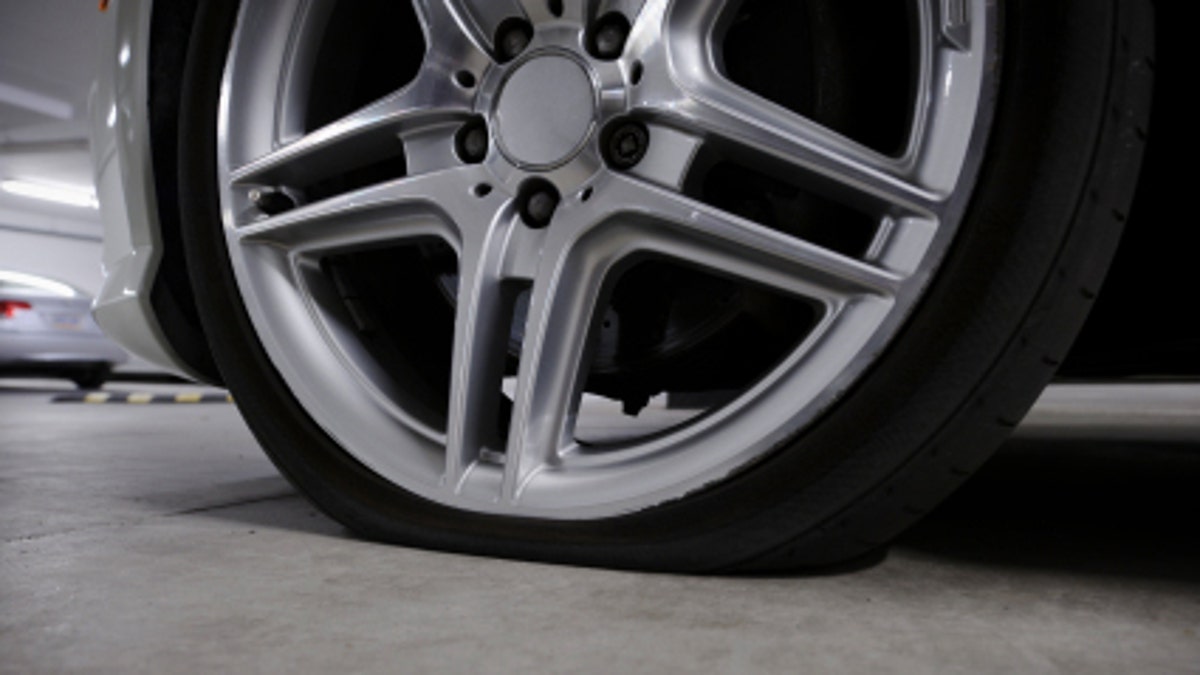
(© Kenneth Cheung)
Getting some air could save your life, even if you stay on the ground.
A new study from the National Highway Traffic Safety Administration finds that vehicles with underinflated tires are three times more likely to be involved in an accident linked to tire problems than those with tires inflated to the correct pressure, according to The Detroit News.
The study looked at crash data from 2005 to 2007, the last year before all cars in the United States were equipped with mandatory tire pressure monitors. The systems warn drivers when the pressure in at least one tire drops below 25 percent of the manufacturer’s recommendation.
According to the report, only about 5 percent of accidents during the period involved tire problems, but 66 percent of those were passenger cars. A previous NHTSA study found that just 43 percent of vehicles on the road have properly inflated tires, but that number jumps to 57 percent among vehicles fitted with monitoring systems.
John Rastetter, head of testing for Tire Rack, says that the potential problem isn’t just about the affect on a car’s handling, but that failing to keep tires at recommended pressure could quickly lead to irreparable damage. Under stress, the stretching rubber of an underinflated tire pulls away from the reinforcing materials underneath it and can eventually cause a total failure.
Manufacturers typically post the recommended pressures on a sticker located the inside of the driver’s door jamb, and Rastetter says it’s important to remember that these are “cold” figures and that tires should be checked and filled first thing in the morning. Topping off in the afternoon or evening can lead to a loss of up to 6 psi of pressure overnight from a 35 psi tire.
And don’t wait until your tires “look” flat to head to the pump. Most people have a hard time telling the difference between a full tire and one that’s 25 percent low, Rastetter says. By the time tires start to noticeably bulge they’re likely already more than 50 percent low. Owners should also check their car’s manual for additional information, as pressure recommendations can vary for vehicles being used for towing and under other extreme conditions.
Rastetter adds that it’s not just the rubber on the road that you need to be concerned about. Owners often neglect to check their spare tires, which can drop from a standard pressure of around 60 psi to below 10 psi over time, possibly making them more dangerous than they are worth.



















